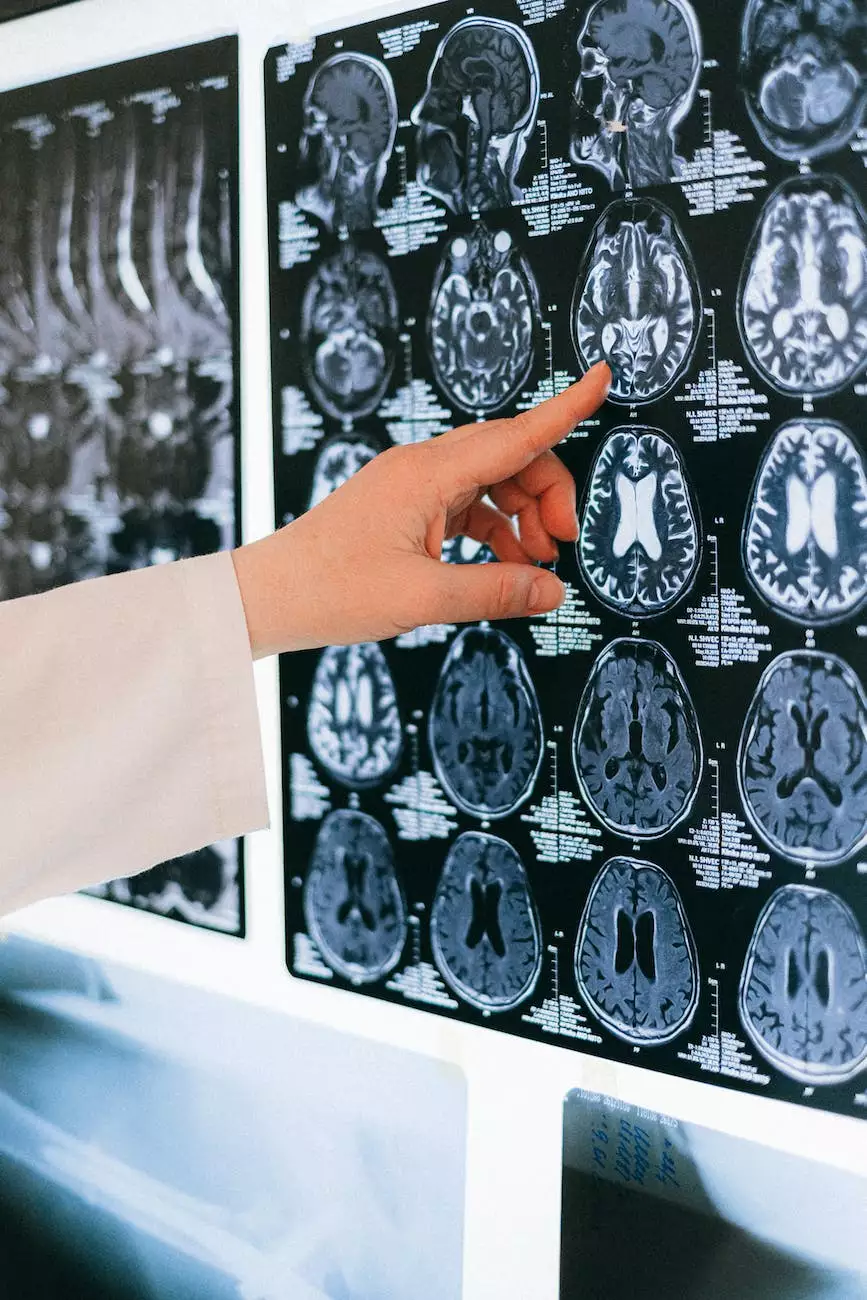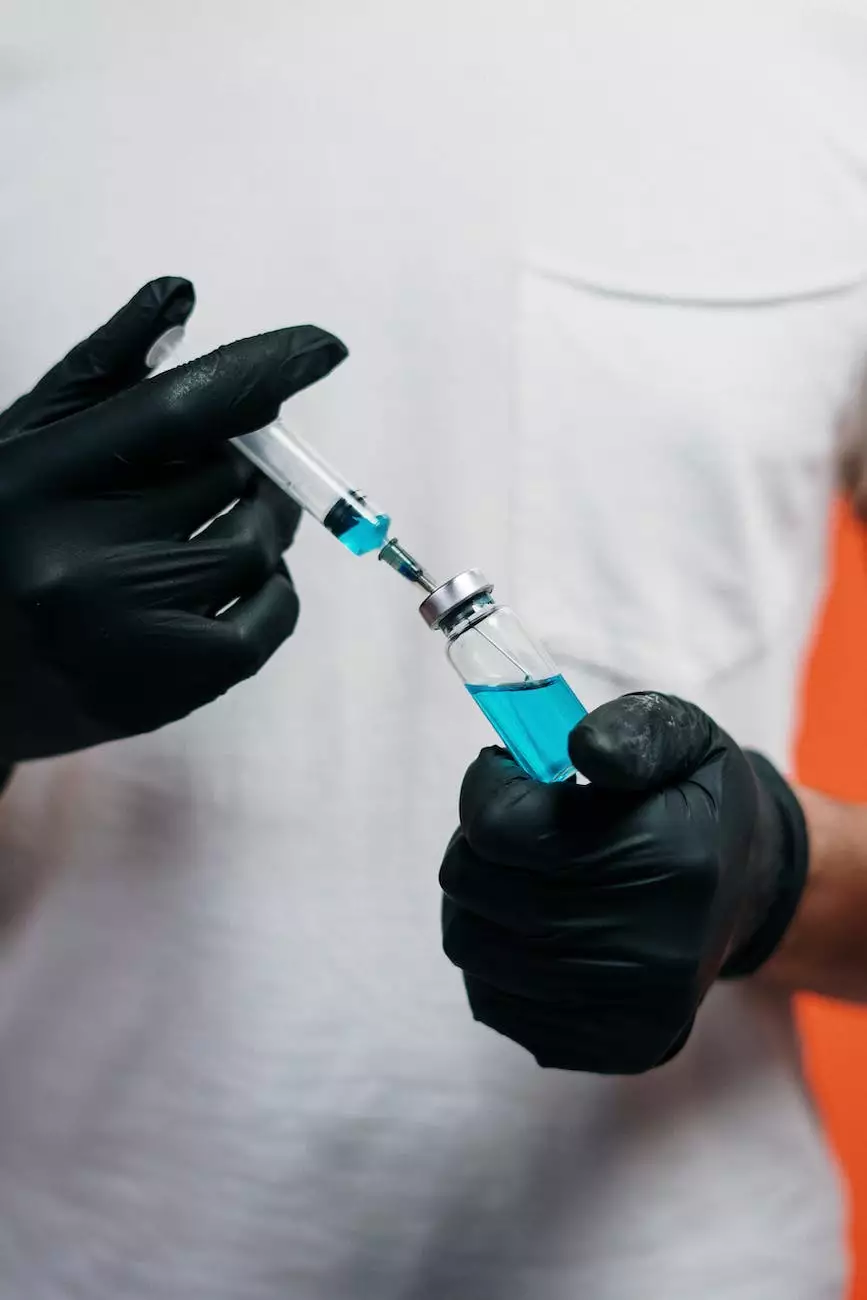Brain Tumor - Cancer Blog
Cancer Treatment Team
Introduction
Welcome to the Brain Tumor Cancer Blog by Sibel Blau! Here at Sibel Blau, we are committed to providing comprehensive information and insights on brain tumors. Our goal is to empower individuals with knowledge to understand, prevent, diagnose, and treat brain tumors effectively. In this blog, we share the latest research, advancements, and helpful tips to help you stay informed and proactive in your approach to brain tumor management and prevention.
Understanding Brain Tumors
Brain tumors are abnormal growths of cells in the brain that can be either benign (non-cancerous) or malignant (cancerous). They can originate from different parts of the brain, such as brain tissue, nerves, or glands. The development of brain tumors can affect various brain functions and lead to a wide range of symptoms, depending on their location and size.
Types of Brain Tumors
Brain tumors can be classified into primary and secondary tumors. Primary brain tumors start in the brain, while secondary tumors (metastatic tumors) originate from cancer that has spread to the brain from another part of the body. Additionally, brain tumors are further categorized based on the type of cells they develop from, including:
Gliomas
Gliomas are the most common type of primary brain tumor. They develop from glial cells, which support and protect the nerve cells in the brain. Gliomas can be further classified into different subtypes, such as astrocytomas, oligodendrogliomas, and ependymomas.
Meningiomas
Meningiomas are typically slow-growing tumors that develop in the meninges, the protective membranes surrounding the brain and spinal cord. Although most meningiomas are benign, some can be malignant and require prompt treatment.
Pituitary Adenomas
Pituitary adenomas are tumors that arise from the pituitary gland, a small gland located at the base of the brain. These tumors can affect the production and regulation of hormones, leading to various hormonal imbalances.
Brain Tumor Diagnosis
Diagnosing a brain tumor involves a series of tests and procedures to evaluate the presence, location, and characteristics of the tumor. Common diagnostic methods include:
Medical History and Physical Examination
Your healthcare provider will review your medical history and perform a physical examination to assess your symptoms and overall health. This will help guide further diagnostic tests.
Imaging Tests
Imaging tests, such as magnetic resonance imaging (MRI) and computed tomography (CT) scan, are crucial for visualizing the brain and detecting any abnormal growths or tumors.
Biopsy
In some cases, a biopsy may be necessary to confirm the nature of the tumor. During a biopsy, a sample of tissue is extracted from the brain for laboratory analysis.
Treatment Options for Brain Tumors
Treatment for brain tumors depends on various factors, including the type, size, location, and grade of the tumor, as well as the overall health of the patient. Possible treatment options include:
Surgery
Surgical removal of the brain tumor is often the primary treatment for accessible tumors. The goal is to safely remove as much tumor tissue as possible while preserving brain function.
Radiation Therapy
Radiation therapy uses high-energy beams to target and destroy cancerous cells. It can be delivered externally or internally (brachytherapy) depending on the specific case.
Chemotherapy
Chemotherapy involves the use of drugs to kill cancer cells or prevent their growth. It can be administered orally, intravenously, or directly into the cerebrospinal fluid.
Targeted Therapy
Targeted therapy utilizes drugs or other substances to interfere with specific molecules involved in tumor growth. This approach aims to selectively disrupt the tumor cells while minimizing damage to healthy cells.
Prevention and Holistic Approaches
While the exact causes of brain tumors are still being researched, certain preventive measures and holistic approaches may help reduce the risk:
Maintain a Healthy Lifestyle
Engage in regular exercise, follow a balanced diet rich in fruits and vegetables, and avoid smoking and excessive alcohol consumption. These lifestyle choices can contribute to overall well-being and potentially reduce the risk of tumor development.
Avoid Exposure to Harmful Substances
Minimize exposure to harmful substances such as certain chemicals, pesticides, and radiation. Follow safety guidelines and protective measures in occupational and environmental settings.
Regular Medical Check-ups
Regular medical check-ups and screenings are essential to monitor your health, detect any abnormalities early on, and promptly address any concerns with your healthcare provider.
Stress Management
Effectively managing stress through relaxation techniques, mindfulness practices, and positive coping strategies may help support overall brain health and reduce the negative impact of chronic stress.
Conclusion
At Sibel Blau, we understand the impact of brain tumors on individuals and their loved ones. Our Brain Tumor Cancer Blog aims to provide valuable insights, up-to-date research, and practical guidance to empower you in your journey towards understanding, preventing, diagnosing, and treating brain tumors. Stay informed, proactive, and confident in navigating this challenging and complex area of health.




